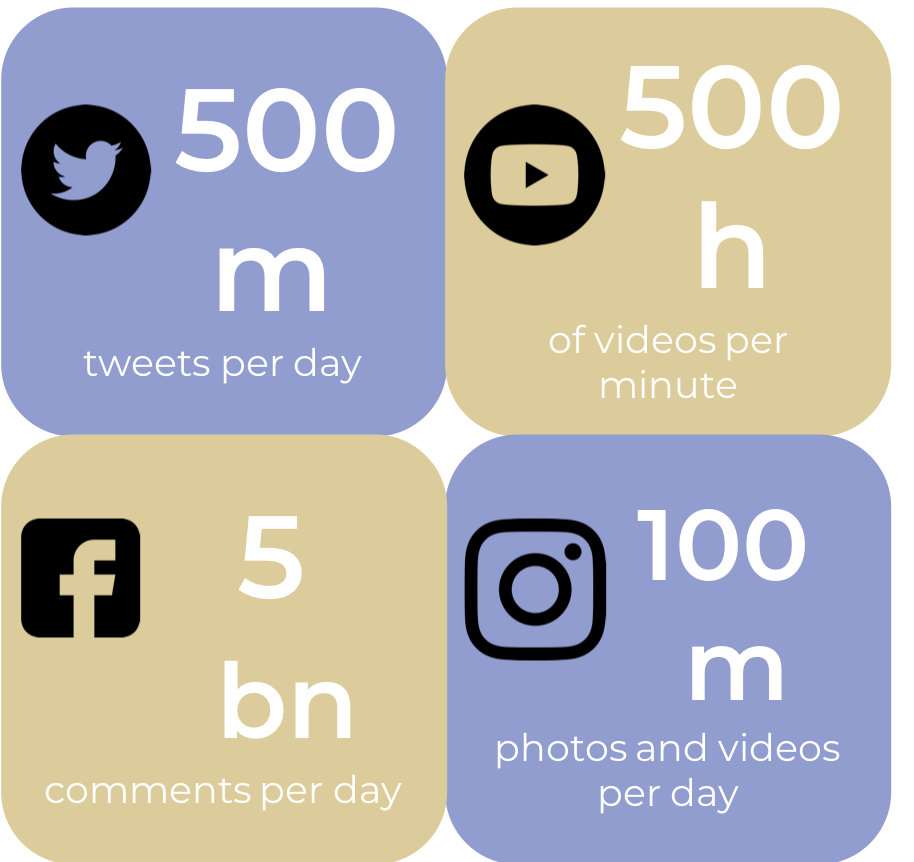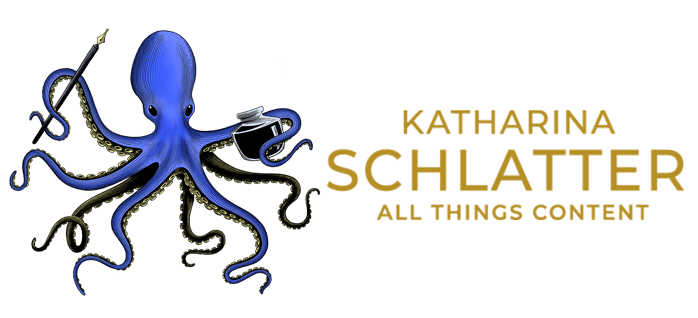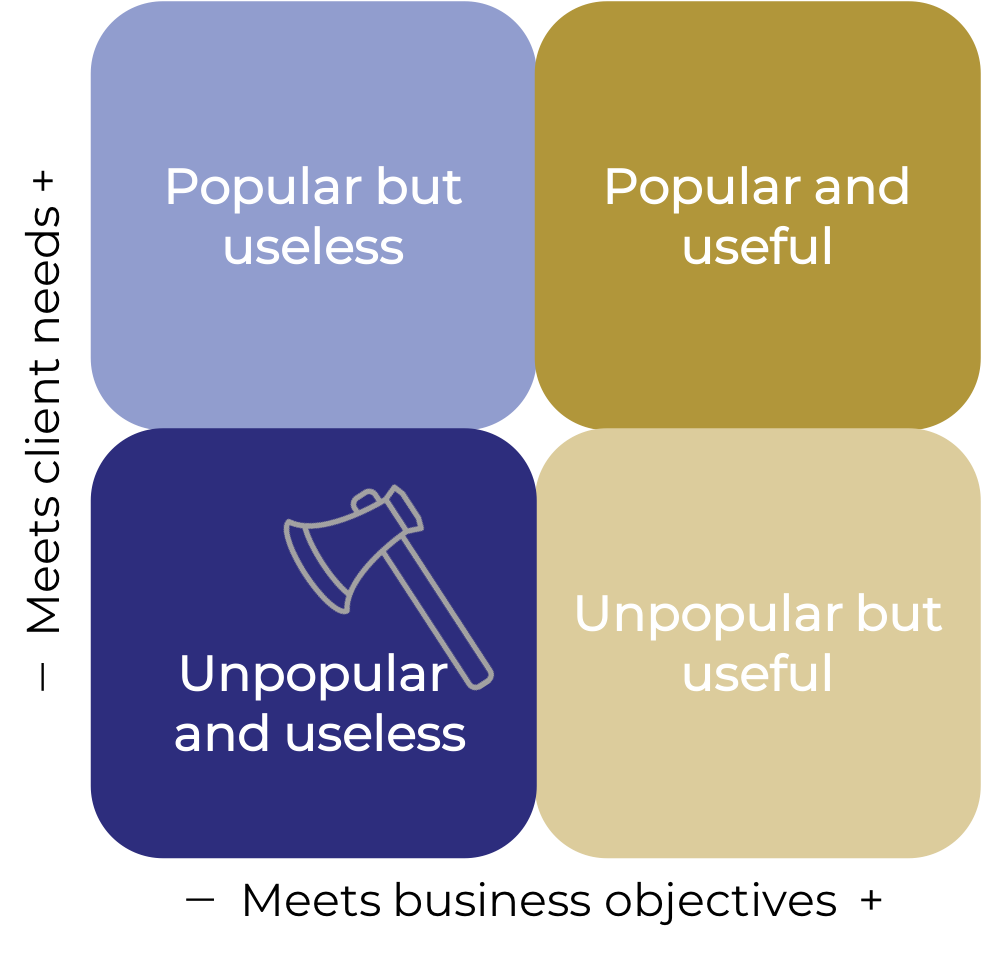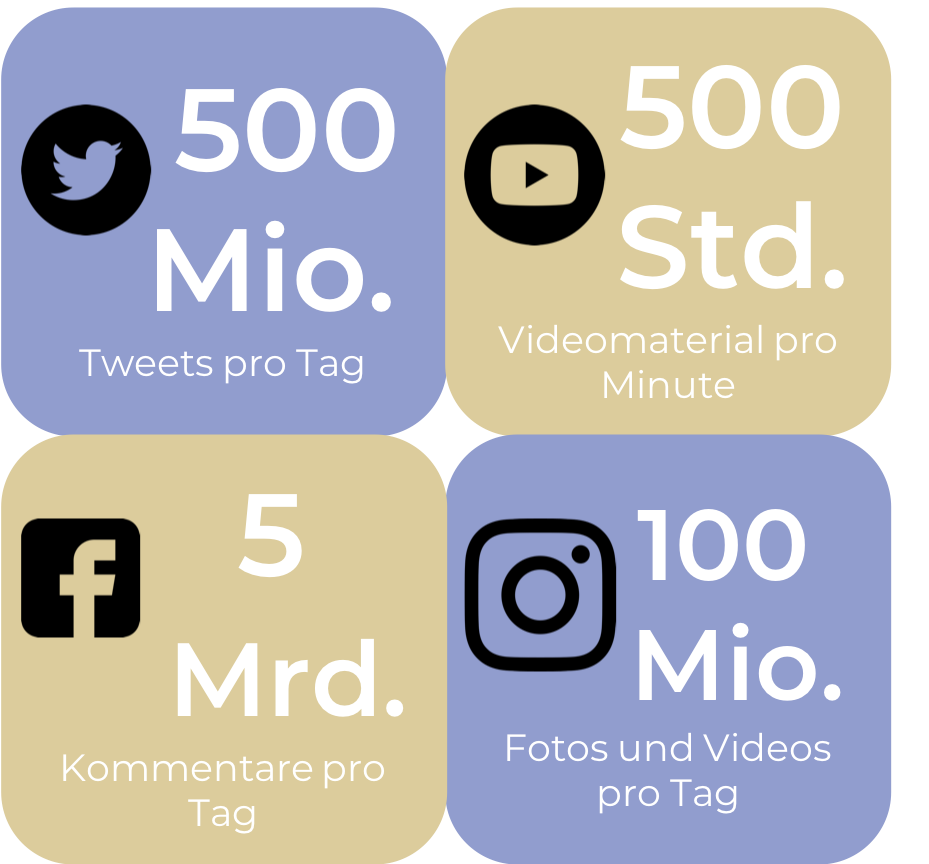Strategies for a distracted audience
| To be incredibly loud is one strategy to draw attention in the age of information overload. But obnoxious attention-grabbing is a put-off to many. If you prefer a quieter approach, you need to know exactly who your clients are and what they want. Learn about your clients’ needs, communicate directly and clearly, and be a good friend. |
Reading time: 3 minutes
Photo: Courtney Clayton, Unsplash
One of the books on my reading list for my marketing writer / UX writer certificate was Funktionelle Werbung by R.H. Gärtner. The author compares today’s information overload to a cocktail party where people besiege newcomers on the doorstep, shouting hellos in their face before our guests can even take off their coat. This behavior is obtrusive and unpleasant.
Advertising loudly or quietly?
Gärtner proposes a new way of advertising. In his words, advertising should be invisible, quiet, unobtrusive and friendly. Companies and their products should solve problems and offer added value – nothing more and nothing less.
I have to admit that I like this approach. I’m sure you like it too, because we all are this guest at one time and the party crowd at another. However, I – being an introvert – have spent enough time at parties to know that you don’t meet new friends if you sit quietly in a corner.
How to not drown in the information flood
Gärtner’s book was published in 2014, and the information flood has increased significantly since then. In 2019, people in Switzerland spent 5 hours and 27 minutes online per day on average; 1 hour and 18 minutes on social media alone. (Globalwebindex)
At first glance, this seems to be a lot, but if you consider the amount of content available online, the average user does not even scratch the surface. For example, in 2018, 500 hours of video material was uploaded to Youtube per minute. (Omnicore)
The great flood
Billions of content items are uploaded and shared on social media on any given day.

The sheer volume of content proves that you have to make yourself heard over the din if you don’t want to be drowned out. However, it is a mortal sin to annoy your clients.
What to do?
Large corporations and well-known brands have it easy. They have enough money to create so much marketing pressure that their products stick in people’s minds. All others have to work hard to reach their target groups.
Get to know your clients
Your clients’ interests and needs need to be front and center of everything you do. How do they like to be approached, what are they interested in, which problems need to be solved?
It pays off to create client segments so that you can tailor your approach to their specific needs. A little attention-grabbing is ok at the outset. At least you are targeting the right group who actually needs your services even if they don’t know it yet. And while you are at it, do not forget that there is a loud party going on around you and that your potential clients are not paying attention.
Do not waste time
Our attention span is decreasing constantly. This is not the fault of the internet alone, but online a fraction of a second decides whether one reads on. There is little time to say anything and thus whatever you communicate needs to be relevant and easy to understand. Do not forget that pictures are understood much faster than written words.
Become friends
Our world offers an abundance of options, products and services. The difference lies in personal relationships. Social media in particular are made for interaction. It is hard work to build relationships with your clients but it is worth it. Once you have established a relationship with a client, they will return of their own accord.
Gärtner closes his proposal describing the last real and desired friend in our times as being someone who “solves problems,” someone who remains in the background but will be there when you need them.






